The hottest July: America’s Southwest boils in the heat
Phoenix residents have suffered burns after falling on the city’s scalding roads
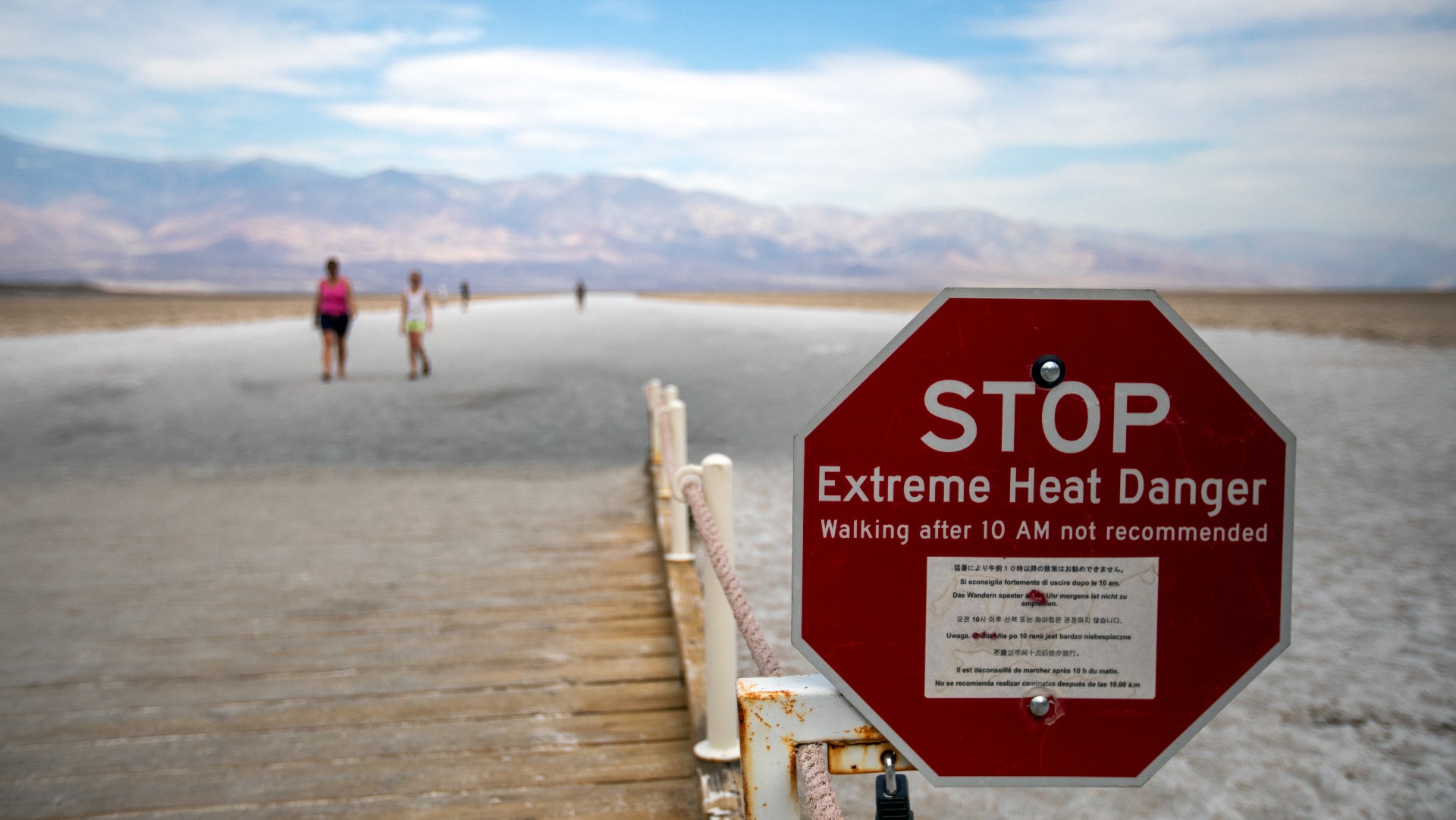
July was the hottest month ever recorded on Earth, said David Wallace-Wells in The New York Times – and for the residents of Arizona, it certainly felt like it.
Only on the last day of the month did the state’s capital, Phoenix, finally register a temperature high below 110 degrees Fahrenheit (43.3°C). The city’s asphalt roads reached temperatures of 180°F (82.2°C) and local burn units have been full of patients who sustained their injuries by simply falling onto the scalding ground.
Even the region’s famous saguaro cactuses are collapsing in the heat. And conditions have been similarly extreme elsewhere in the US too. There has been a rise in injuries across the Southwest from people walking outside barefoot or touching hot door handles. Meanwhile, off the Florida Keys, ocean temperatures have reached “hot-tub” levels: one sensor registered a crazy 101.1°F (38.4°C).
The Week
Escape your echo chamber. Get the facts behind the news, plus analysis from multiple perspectives.

Sign up for The Week's Free Newsletters
From our morning news briefing to a weekly Good News Newsletter, get the best of The Week delivered directly to your inbox.
From our morning news briefing to a weekly Good News Newsletter, get the best of The Week delivered directly to your inbox.
The dangers of extreme heat
“There is no denying that climate change is now a public health crisis,” said Leana S. Wen in The Washington Post. In the 1960s, America experienced an average of two heatwaves per year; now it’s six, and they’re getting worse. Extreme heat already kills more Americans than hurricanes or any other weather phenomenon. Some of those deaths are the result of heatstroke; others are caused by the exacerbation of underlying medical conditions.
Changing weather patterns are also leaving Americans vulnerable to more illnesses. Lyme disease, for instance, is spreading, and over the past few months there have been seven cases of locally acquired malaria in Florida and one case in Texas.
Heat waves are disasters
Federal leaders have yet to fully acknowledge this new reality, said the Los Angeles Times. No president, for instance, has ever issued an emergency or major disaster declaration for extreme heat. That needs to change. Federal disaster relief would provide local governments with much-needed funds to offset the costs of heat-related medical emergencies and to better protect themselves against future heatwaves.
Summer is supposed to be blissful, said Scott Simon on NPR. “School is out. Vacations are planned. We can go coatless, feel carefree.” But in the past few years, it has become a “season to fear”, with festivals, outdoor concerts and sporting events having to be cancelled because of unsafe temperatures and pollution from wildfires. Soon, we may spend most of July and August longing for winter.
A free daily email with the biggest news stories of the day – and the best features from TheWeek.com
-
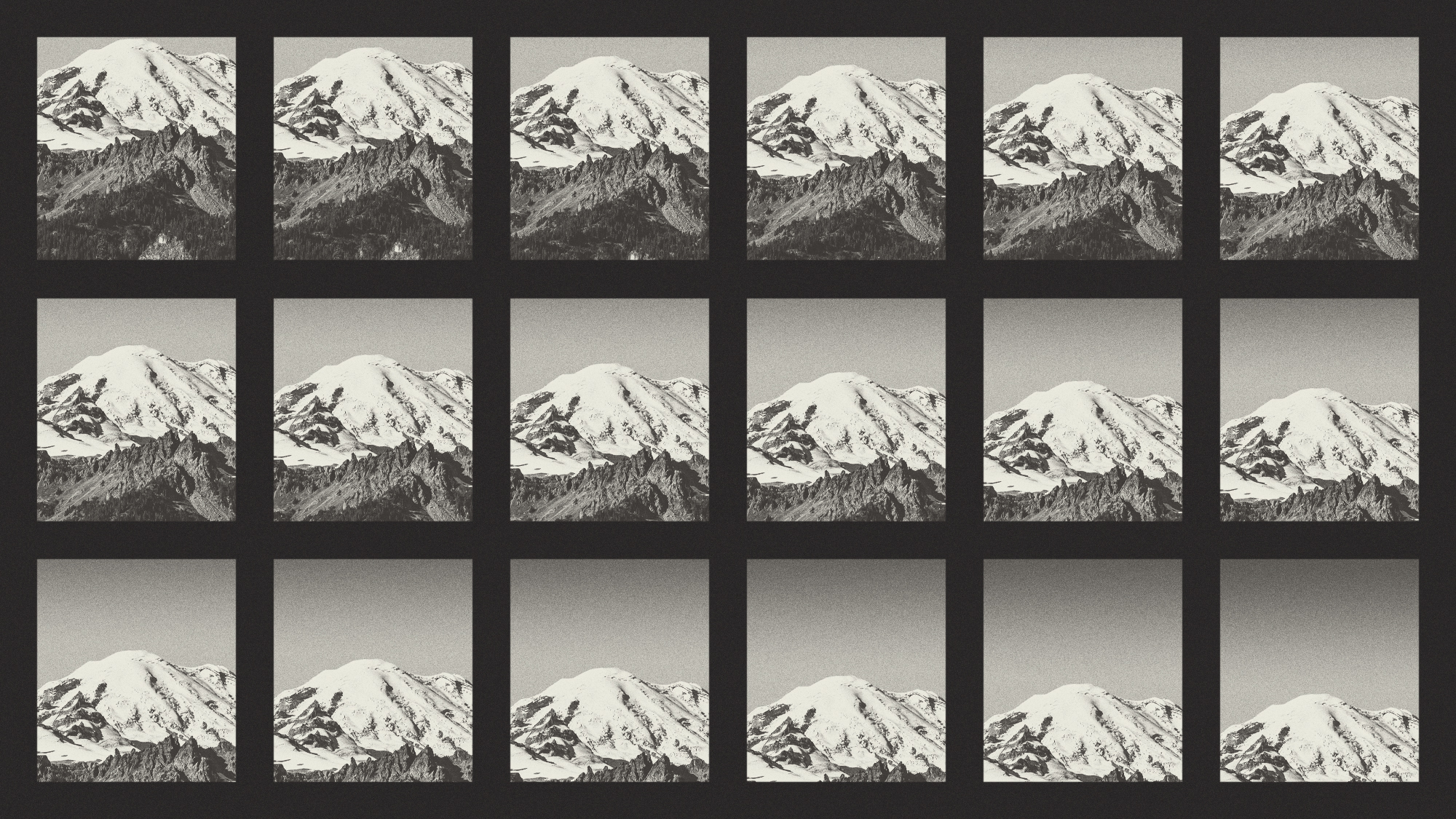 Crest falling: Mount Rainier and 4 other mountains are losing height
Crest falling: Mount Rainier and 4 other mountains are losing heightUnder the radar Its peak elevation is approximately 20 feet lower than it once was
-
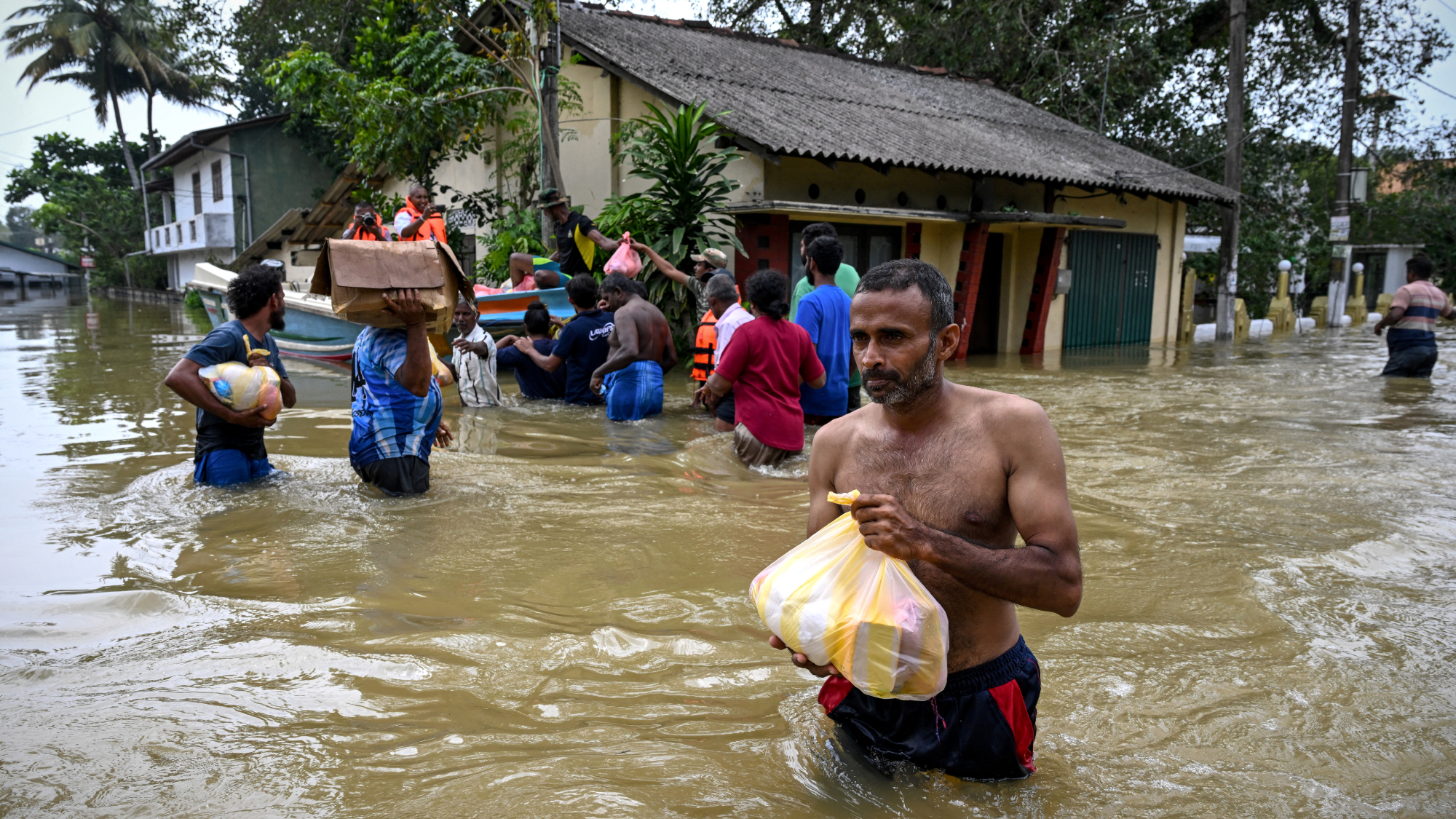 Death toll from Southeast Asia storms tops 1,000
Death toll from Southeast Asia storms tops 1,000speed read Catastrophic floods and landslides have struck Sri Lanka, Indonesia, Thailand and Malaysia
-
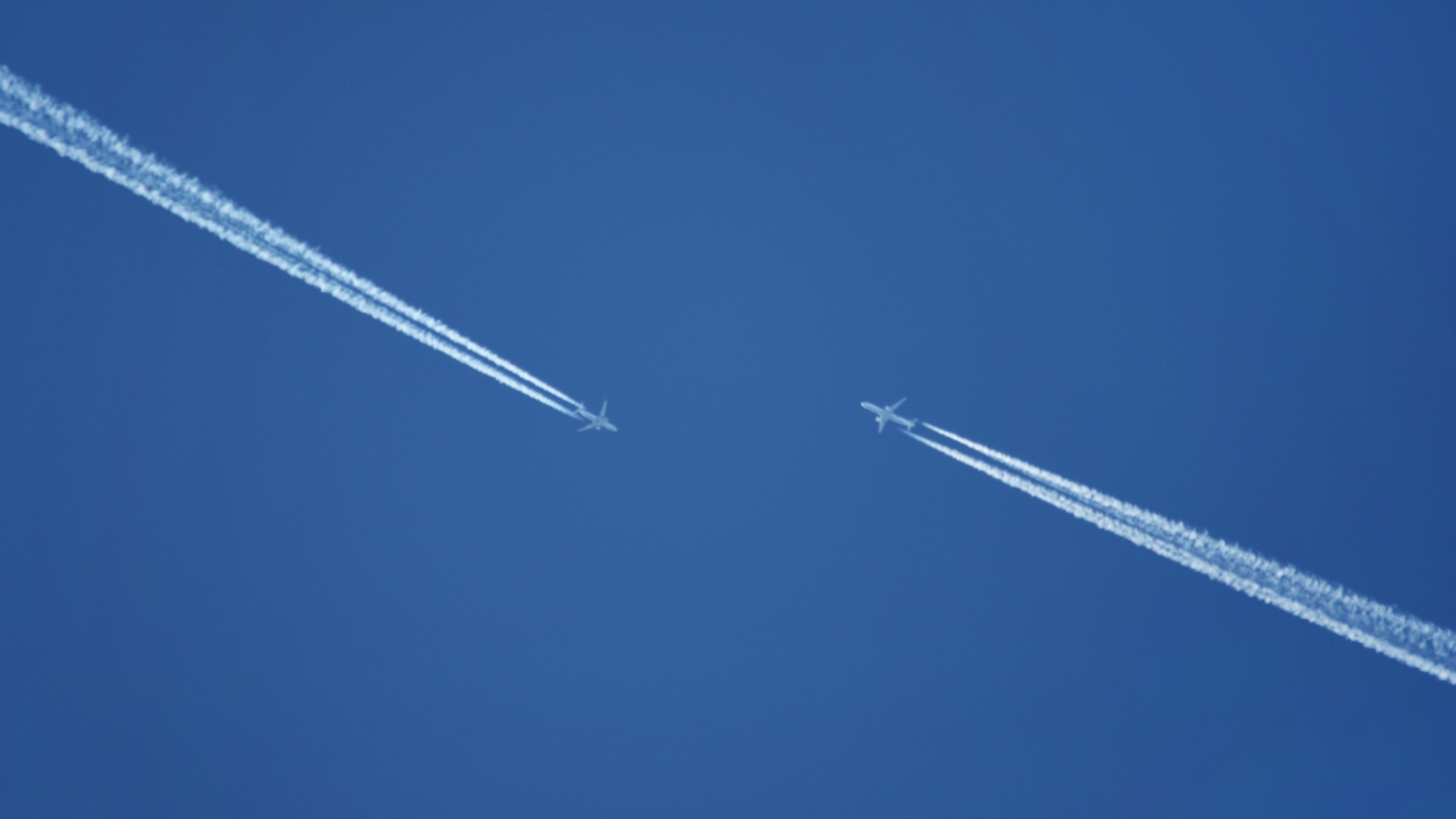 Can for-profit geoengineering put a pause on climate change?
Can for-profit geoengineering put a pause on climate change?In the Spotlight Stardust Solutions wants to dim the sun. Scientists are worried.
-
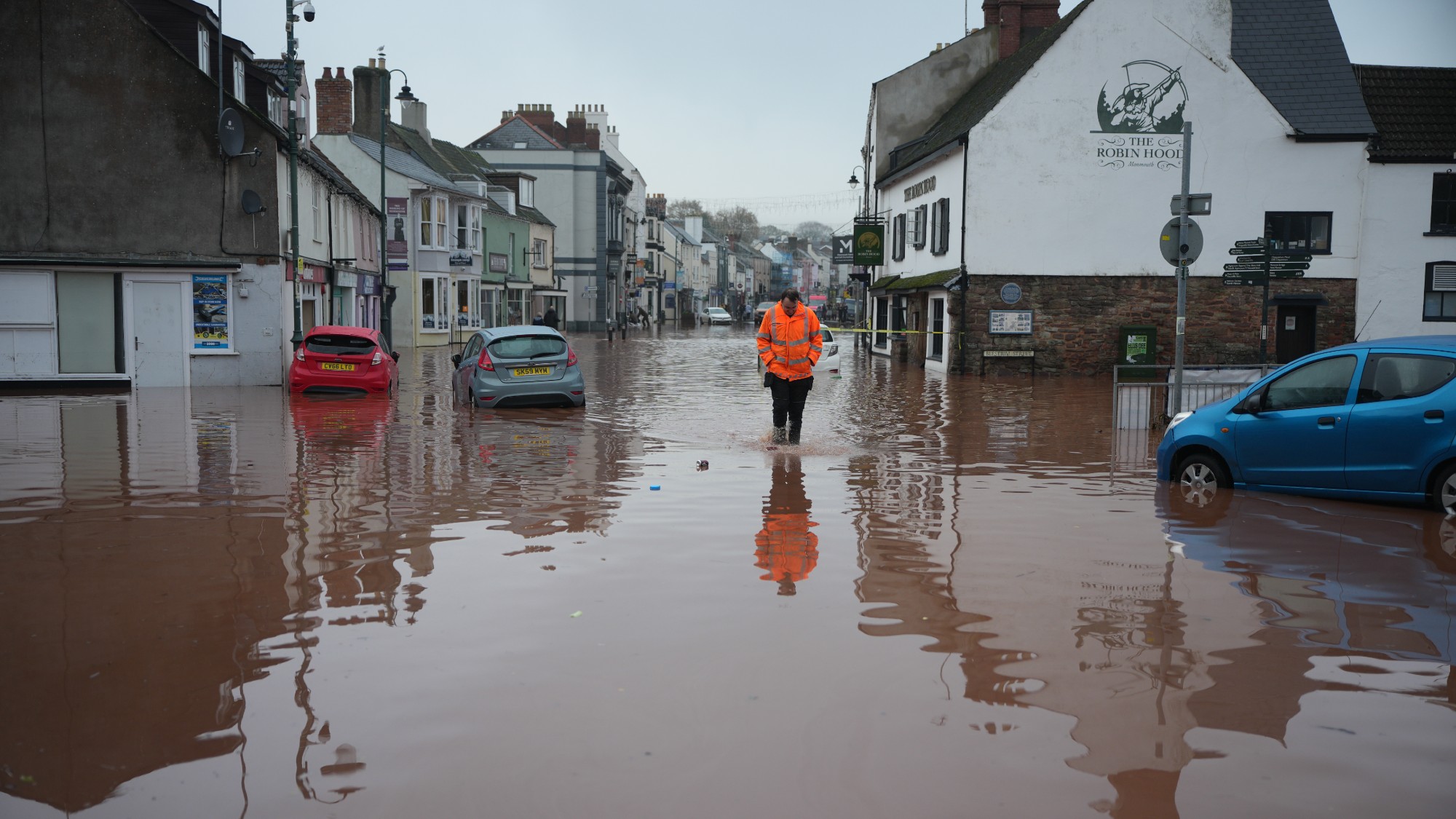 How will climate change affect the UK?
How will climate change affect the UK?The Explainer Met Office projections show the UK getting substantially warmer and wetter – with more extreme weather events
-
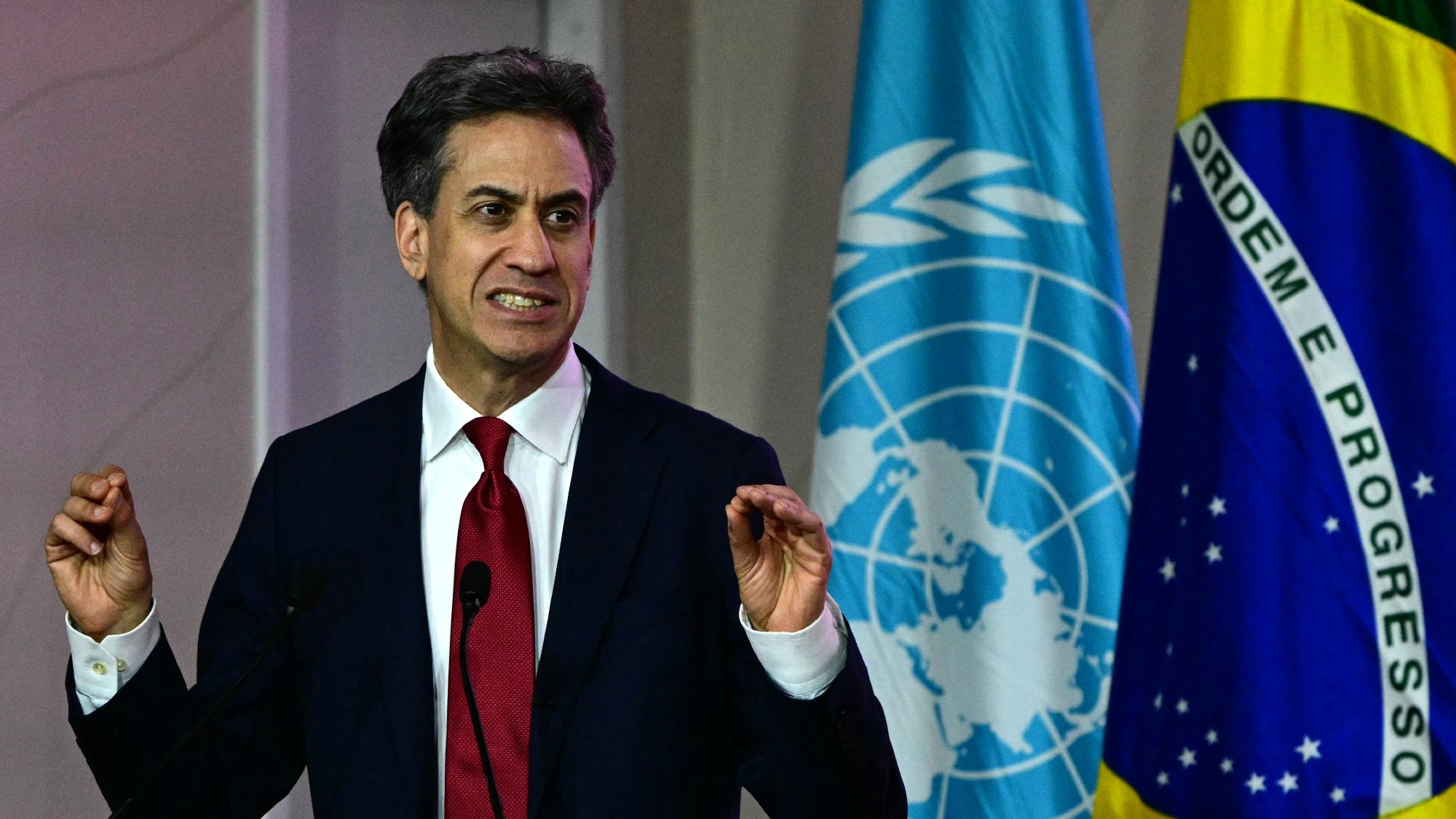 Can the UK do more on climate change?
Can the UK do more on climate change?Today's Big Question Labour has shown leadership in the face of fraying international consensus, but must show the public their green mission is ‘a net benefit, not a net cost’
-
 Did Cop30 fulfil its promise to Indigenous Brazilians?
Did Cop30 fulfil its promise to Indigenous Brazilians?Today’s Big Question Brazilian president approves 10 new protected territories, following ‘unprecedented’ Indigenous presence at conference, both as delegates and protesters
-
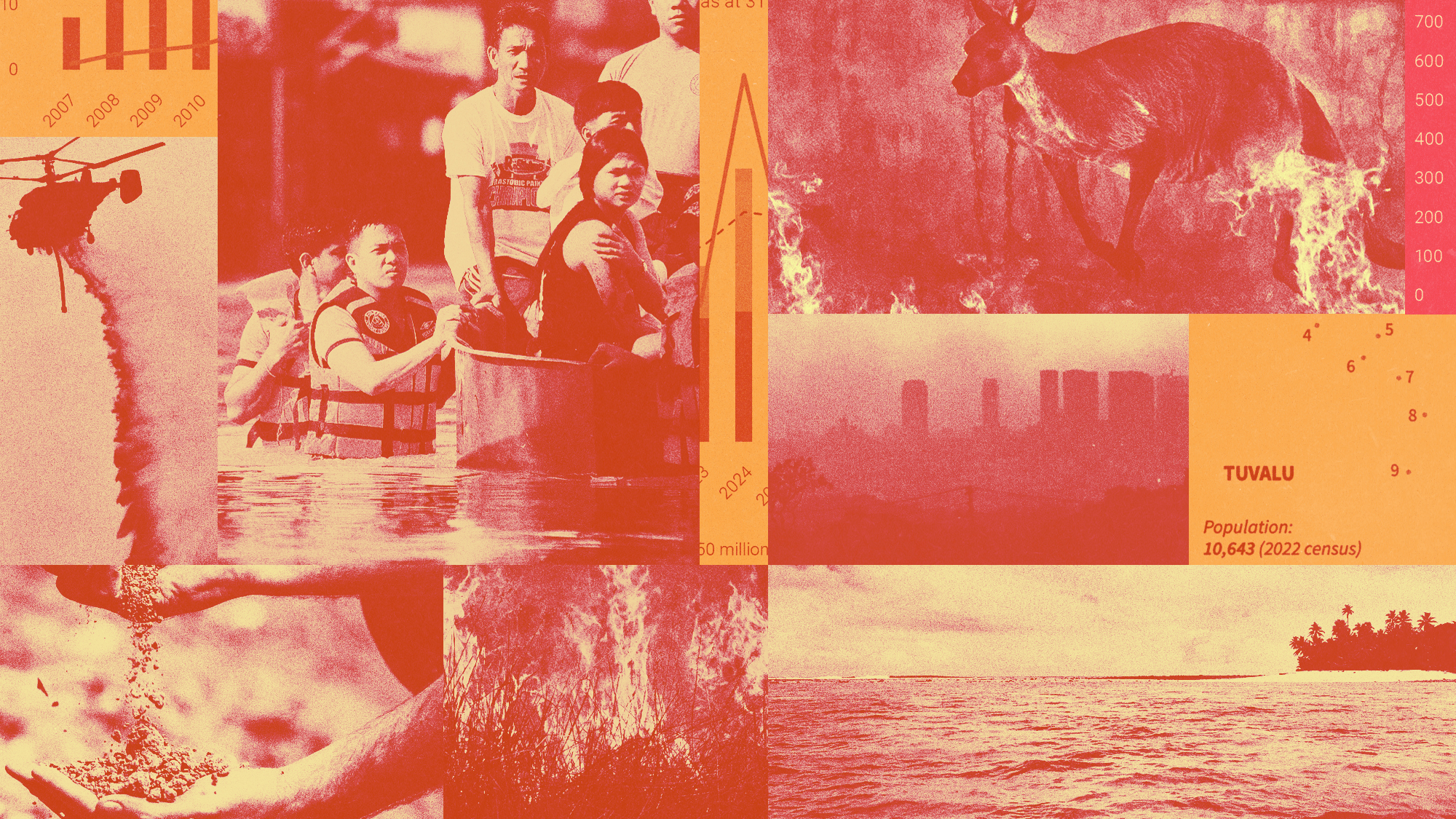 Can the world adapt to climate change?
Can the world adapt to climate change?Today's Big Question As the world gets hotter, COP30 leaders consider resilience efforts
-
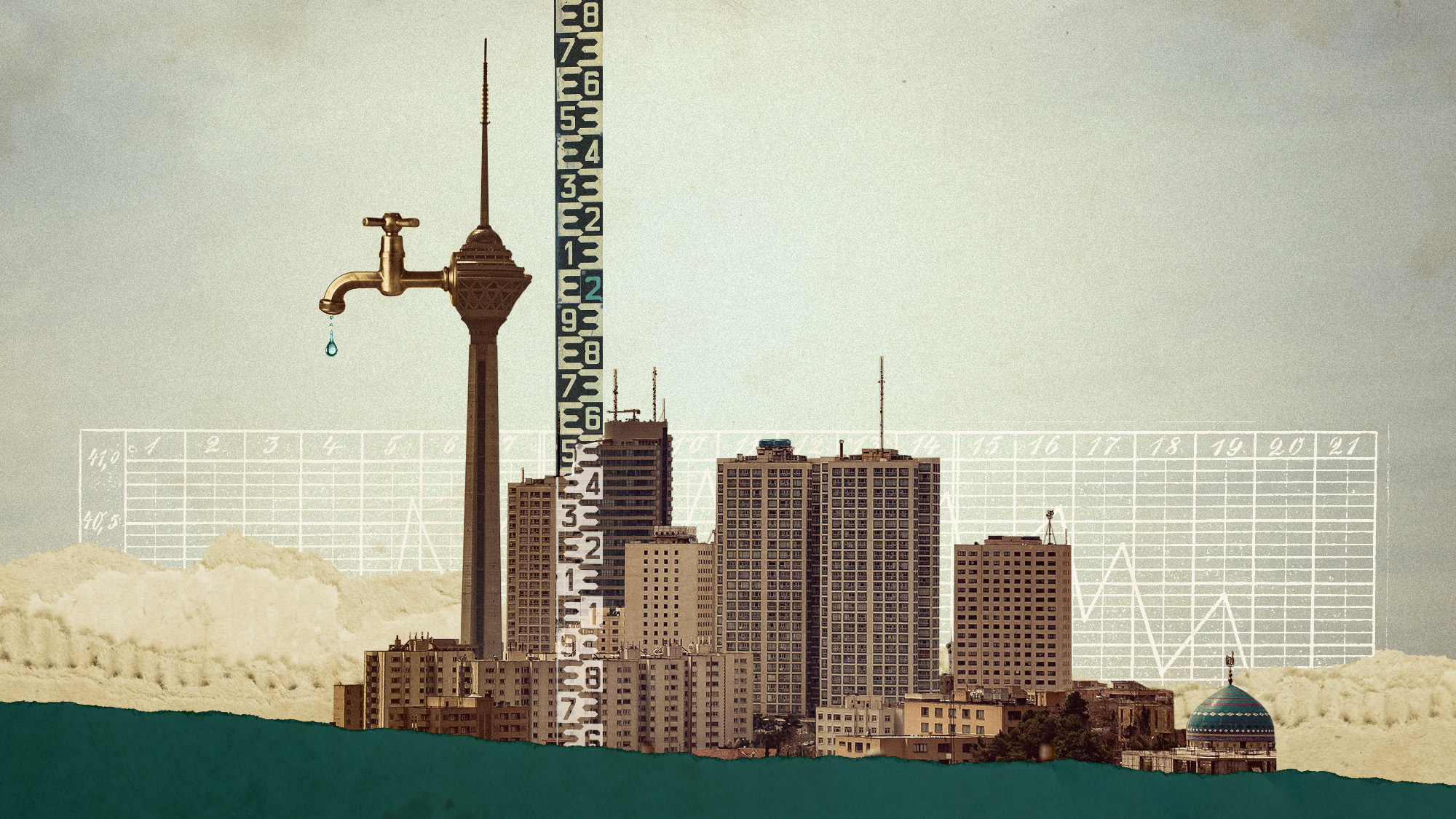 Taps could run dry in drought-stricken Tehran
Taps could run dry in drought-stricken TehranUnder the Radar President warns that unless rationing eases water crisis, citizens may have to evacuate the capital


